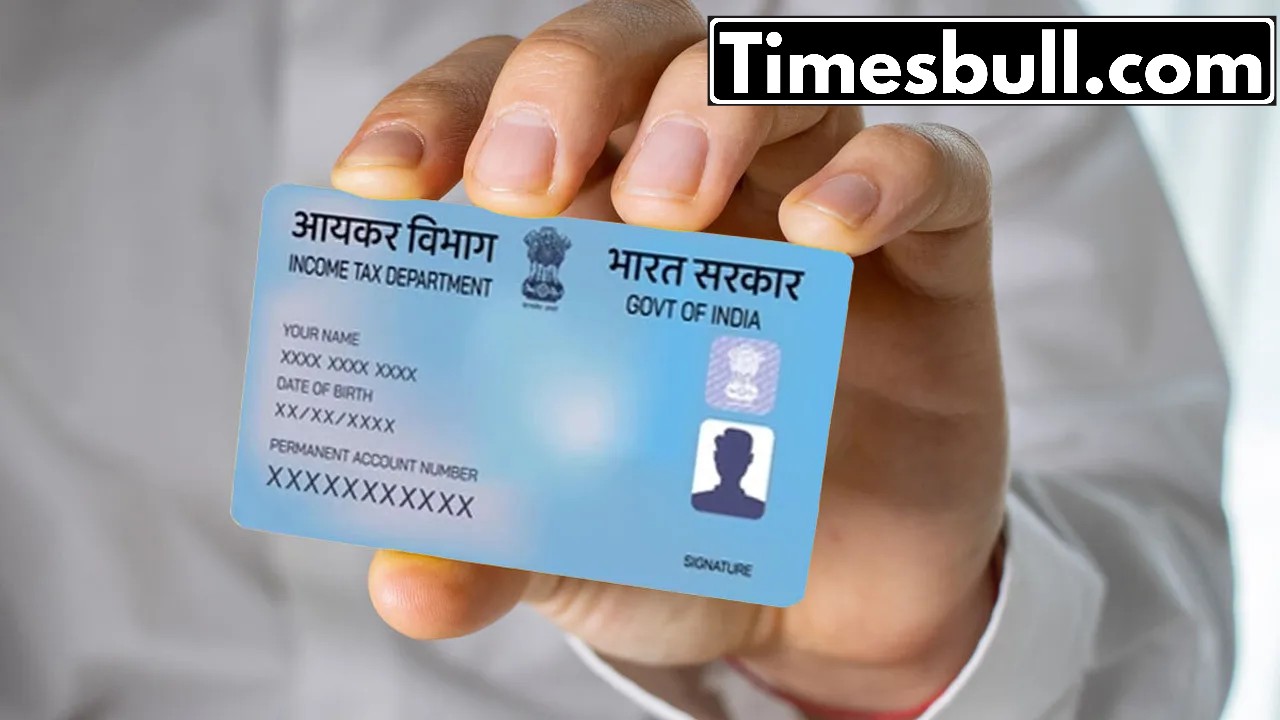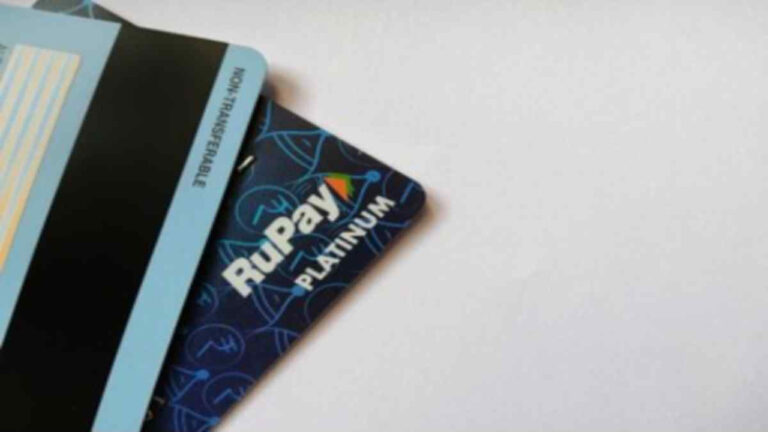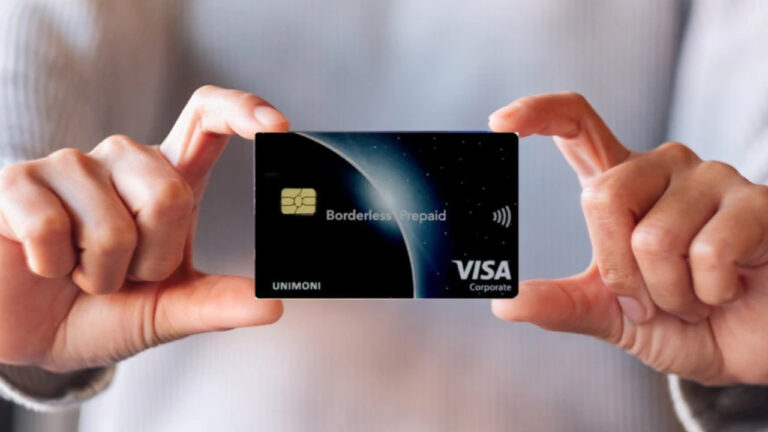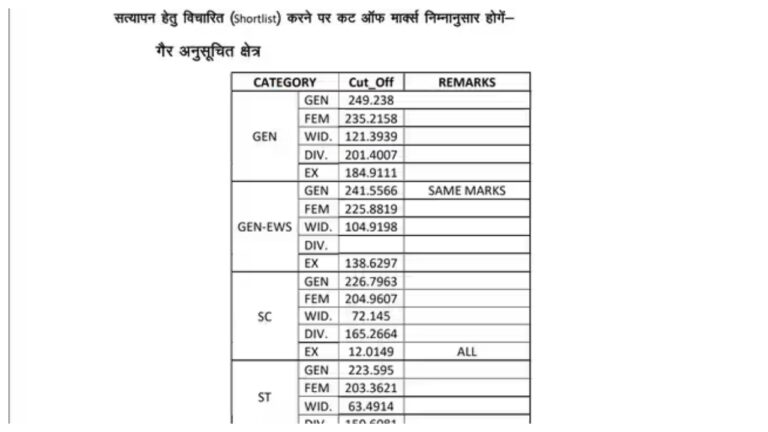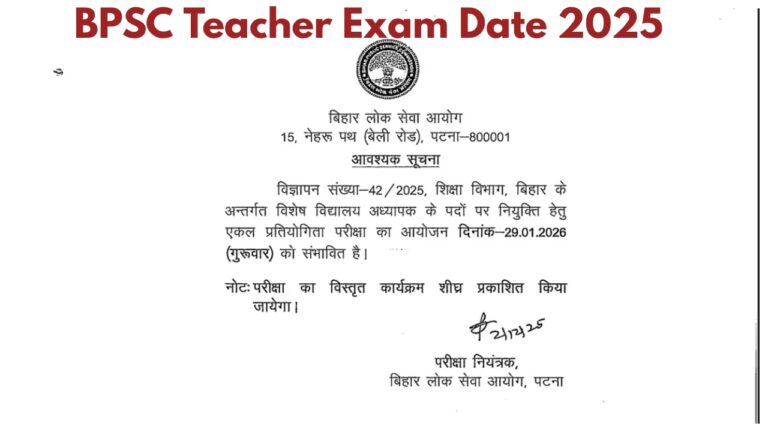The Government of India has recently introduced ‘PAN 2.0’, an enhanced version of the traditional PAN card that boasts several improvements. This new iteration includes a digital QR code, a quicker verification process, and advanced technologies aimed at bolstering cybersecurity. However, the rise of online fraud cases has also been a concerning trend alongside this new development.
PAN 2.0 represents a significant initiative by the Government of India to enhance financial security. It marks a major advancement towards a Digital India, making the PAN card not only more secure but also more user-friendly. If you currently possess a PAN card, it may be time to consider updating it.
What is PAN 2.0?
PAN 2.0 is an upgraded version of the conventional PAN card, featuring enhancements that make it more secure and efficient.
Digital QR Code: This feature allows for immediate verification of an individual’s PAN details.
Real-time updates: Taxpayers will have the ability to update their information instantly.
Fraud-Proof Design: Enhanced security measures have been implemented to prevent the creation of counterfeit PAN cards.
Why was PAN 2.0 necessary?
In recent years, numerous instances of PAN card fraud have emerged, involving financial crimes facilitated by counterfeit PAN cards. To combat this issue, the government opted to enhance the security and digital robustness of the PAN card.
The rise of fake PAN cards: A lot of people have been using counterfeit PAN cards with made-up identities, which has resulted in tax evasion and banking scams.
Boosting security for online transactions: As part of the Digital India initiative, there was a strong push to enhance the safety of online transactions.
Fast-paced tech upgrades: There was a clear need to streamline digital verification processes and connect biometric identification with PAN.
Linking with Government Programs: To access various government benefits, it was essential to clarify the requirements for PAN cards.
How is fraud occurring with PAN 2.0?
Ankit Tiwari (name changed) from Delhi recently got a WhatsApp message saying he needed to update his ‘PAN 2.0’ or his old PAN would be disabled.
The message included a link that led him to a form. After he filled in his personal information (name, Aadhaar number, mobile number, OTP), he found that Rs 50,000 had been taken from his bank account. Upon investigation, it turned out that the website was fake, created by cybercriminals to mimic a legitimate government site.
